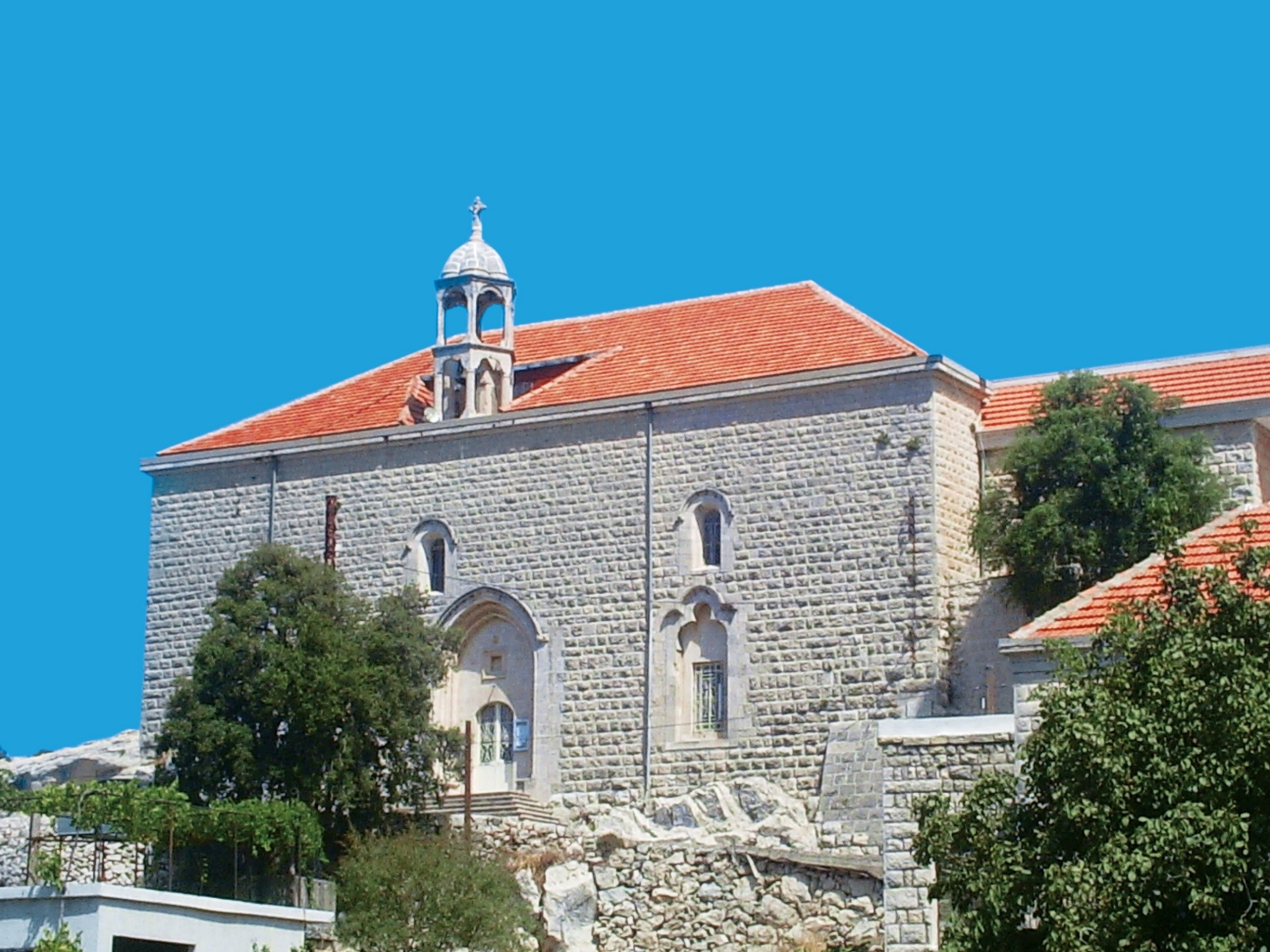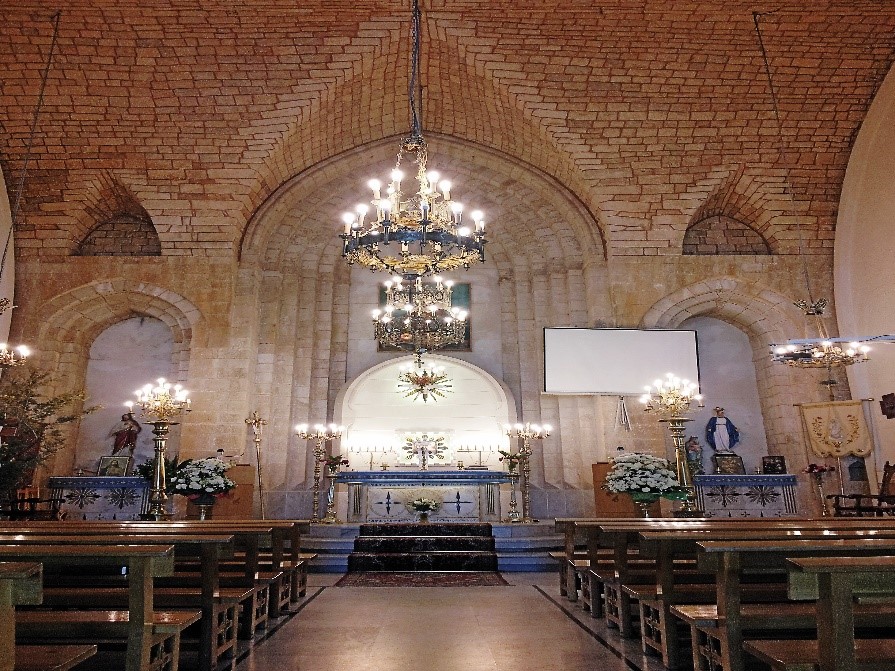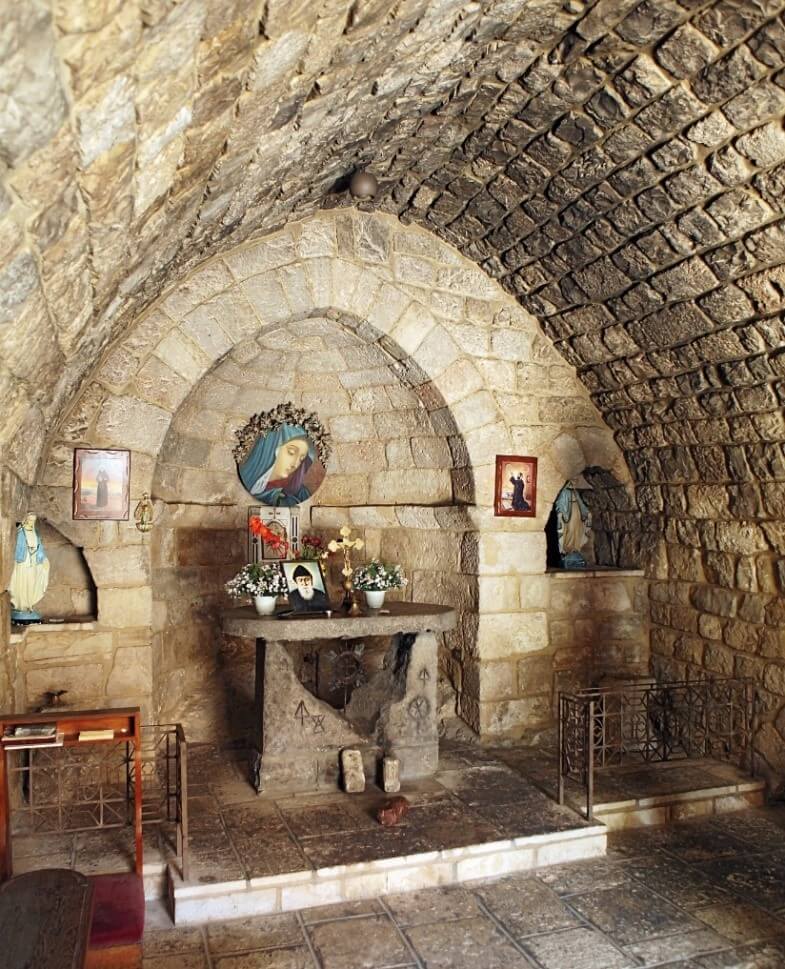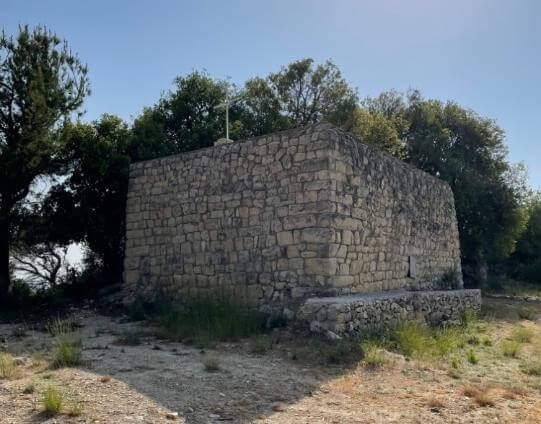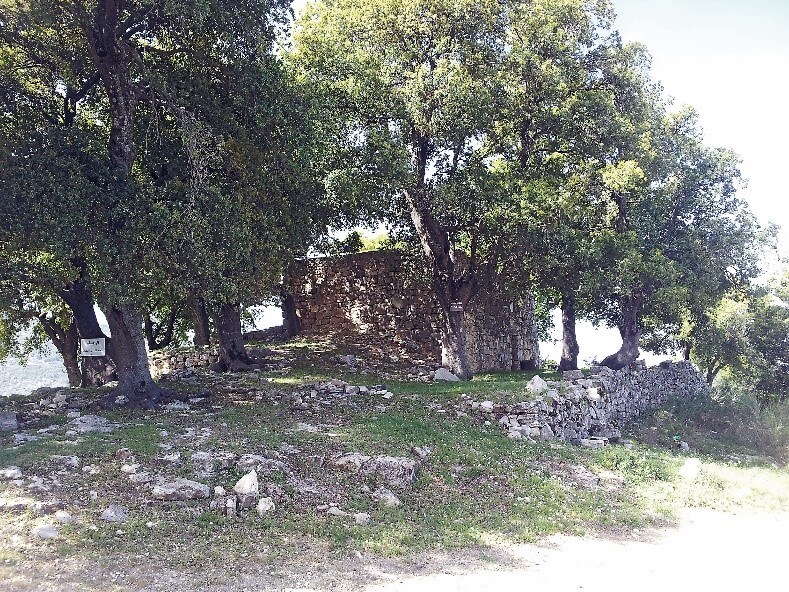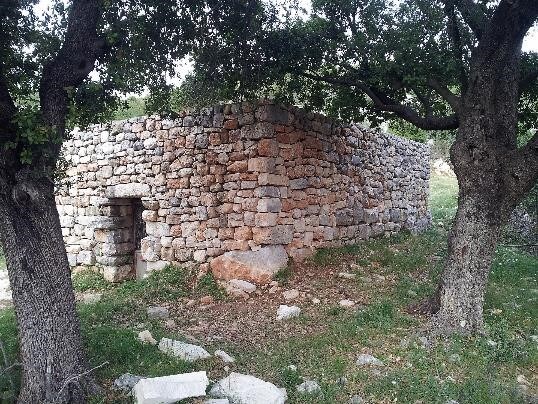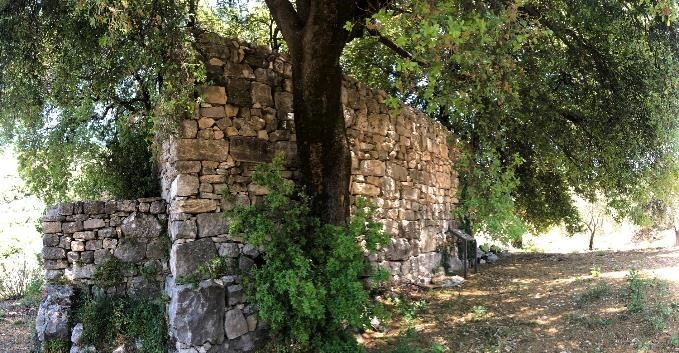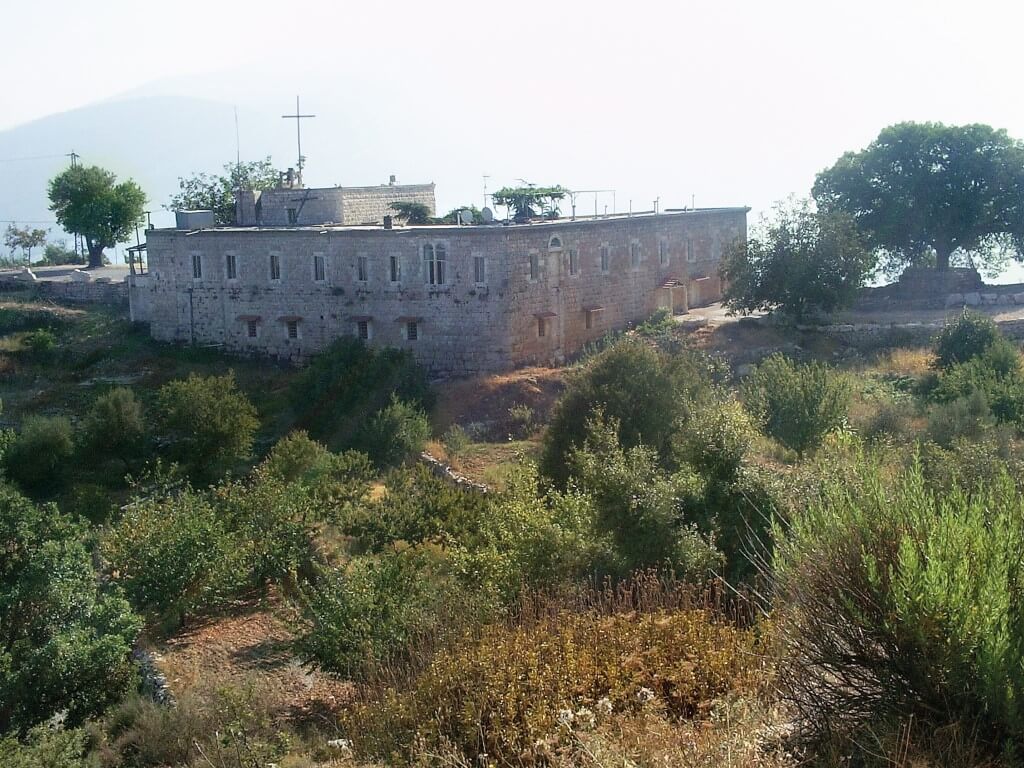discover our
Religious Sites
Embark on a spiritual pilgrimage in the heart of Bchaaleh, North Lebanon, where the echoes of devotion resonate through more than eight ancient and historical churches. Bchaaleh is a sacred haven, adorned with religious sites that bear witness to centuries of faith and cultural heritage. From the grandeur of venerable churches to the intimate sanctuaries tucked away in the village, each site holds a unique story waiting to be unfolded. Experience the tranquility of centuries-old worship spaces, where the divine aura and architectural marvels blend seamlessly. Take a contemplative stroll through the sacred grounds, where history, spirituality, and the scenic beauty of Bchaaleh converge to create a truly enchanting experience. Whether you seek solace, cultural immersion, or simply wish to marvel at the craftsmanship of these venerable structures, Bchaaleh’s religious sites invite you to embrace the serenity and blessings that linger in the air. Join us on a journey of spiritual discovery, where the past and present harmonize in a celebration of faith.
St. Stephen's Pastoral Church
It was a small monument and was rebuilt in 1880 on four rocks spread over its four corners that are visible to one’s eye. It is one of the largest churches in the Batroun district: it has three altars, decorated by St. Stephen’s image painted by the Italian artist Joste. It is topped by a hexagonal bell dome. It is a pride in ecclesiastical engineering.
Saydet El Blata
Its name is derived from the place it was built on: a flat rock (Blata in Arabic) in the 1500s. It has been repeatedly demolished and recently rehabilitated by the Bchaaleh Charitable Society in the 1970s. A writing still remains preserved in its Western wall and is believed to be Greek. The residents of Bchaaleh celebrate Assumption of Mary in this church on the evening of August 14th of every year.
St. Doumit Monastery
Located on a hill to the south of Bchaaleh, it was a Pagan temple and later became a monastery, with traces that dates back to the start of Christianity. It was renovated recently and hosts the people of Bchaale and its neighboring villages on the evening of St. Doumit’s anniversary day (August 7th) where a mass takes place.
St. Thomas Monastery
A very old monastery that was reconstructed in the eighties by the people of Bchaaleh (the exact age is not determined yet). It’s a miraculous place visited by many who offer vows to cure skin diseases. The people of neighboring villages visit it the day of St. Thomas’ anniversary, October 6th, to participate in the annual celebration.
St. Sarkis & Bachus Monastery
It’s a very old Pagan temple situated in the west of Bchaaleh and guarded by giant pine trees. It has been repeatedly destroyed, and was renovated by the Wehbe family early twentieth century. You can find a mill and the ruins of a well, from the Roman Era. The residents of Bchaaleh celebrate the two saints on October 7th of every year.
St. Mema Monastery
On the West side of Bchaaleh. Next to it were buried the victims of typhoid during the First World War. Only a few stones, a deep well and traces of frescos of the Medieval Era (Still visible at the bottom part of the walls) remained intact until the end of the twentieth century when Bchaaleh town’s people renovated it. It is celebrated on the second of September.
